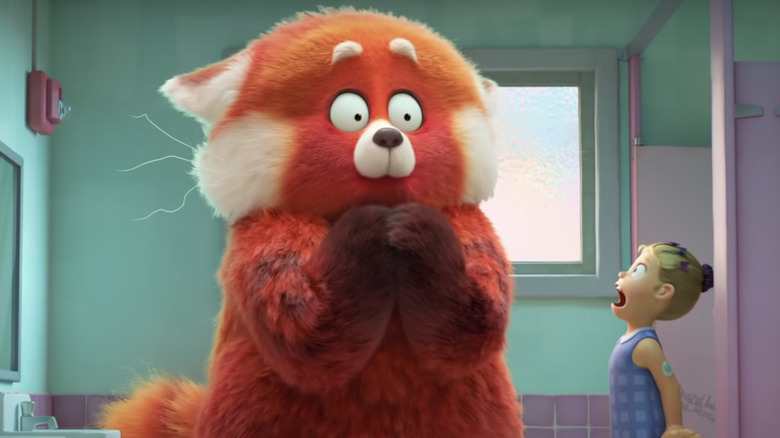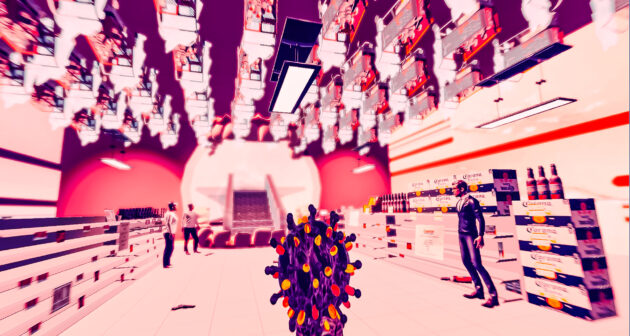here is my portrait!
function setup() {
createCanvas(800, 600);
background(220);
text("p5.js vers 0.9.0 test.", 10, 15);
}
function draw() {
background(177,204,250); //blue
strokeWeight(2);
stroke(124,90,21); //hair color
fill(164,114,34); //hair color
rect(195,200,410,400);
strokeWeight(3);
stroke(210,180,140); //face outline color
fill(255,228,196); //peach
rect(300,450,200,300); //neck
ellipse(400,300,400,500); //face
stroke(124,90,21); //brow color
strokeWeight(15);
line(425,210,500,200) // eyebrow
line(375,210,300,200) // eyebrow
line(260,220,300,200) // eyebrow
stroke(205,133,63); //nose color
strokeWeight(4);
line(410,270,412,380); //nose
strokeWeight(4);
line(390,270,388,380); //nose
ellipse (386,380,15); //nostril
ellipse (414,380,15); //nostril
ellipse (400,384,25); //nose
strokeWeight(0);
fill(255,229,204);
ellipse(400,370,20,30); //nose errase
strokeWeight(0);
fill(255,229,204);
ellipse(400,378,35,10); //nose errase
fill(255,255,255);
stroke(0);
strokeWeight(2);
ellipse(330,260,70,40); //eye
fill(255,255,255);
stroke(0);
ellipse(470,260,70,40); //eye
fill(50,102,0); //green
strokeWeight(0);
circle(330,260,35);
fill(50,102,0); //green
strokeWeight(0);
circle(470,260,35);
strokeWeight(15);
stroke(0);
point(330,260); //pupil
point(470,260); //pupil
strokeWeight(0);
stroke(240,120,120); //pink mouth
strokeWeight(10);
noFill()
arc(400,440,90,50, 0,
PI); //mouth
fill(255,192,203); //pink cheek
strokeWeight(0);
ellipse(300,350,120,80); //cheek
fill(255,192,203); //pink cheek
strokeWeight(0);
ellipse(500,350,120,80); //cheek
strokeWeight(2);
stroke(124,90,21);
fill(164,124,14);
arc(430,280,400,500, 180, 0,
PI); //hair right
arc(380,290,400,500, 16, 175,
PI); //HAIR LEFT
strokeWeight(0);
if (mouseIsPressed) {
fill(255,228,196); //eye patch
ellipse(470,260,73,43); //eye patch
strokeWeight(2);
stroke(0);
ellipse(470,260,70,40); //eye
strokeWeight(0);
fill(255,228,196); //eye patch
rect(430,230,80,30); //eye patch
strokeWeight(2);
line(475,280,478,290); //eyelashes
line(490,278,493,287);
line(502,270,508,280);
line(505,262,517,269);
strokeWeight(0);
fill(255,228,196); //mouthpatch
ellipse(400,440,100,80);
stroke(240,120,120); //pink mouth
strokeWeight(10);
fill(255)
arc(400,440,100,80, 0,
PI);
line(350,440,450,440); //mouth
}
}![[OLD SEMESTER] 15-104 • Introduction to Computing for Creative Practice](../../../../wp-content/uploads/2023/09/stop-banner.png)

